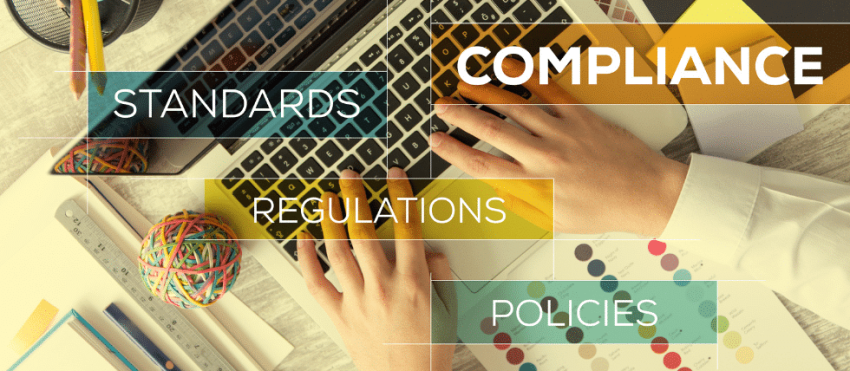Compliance with labor laws and regulations remains paramount in today’s dynamic business environment for companies operating across on-site contracts that require a large workforce to operate under their Premises. One key aspect of this pertains to assigning the authorized permit to work pass for these contract employees which ensures that Contract laborers are legally eligible to work in certain capacities and locations.
Digital permit-to-work software can make compliance easier, reduce errors, and improve operational efficiency so that large industries can operate without hiccups. This Blog post will explain why you must comply with digital permit-to-work Software, its benefits, and how to do it.
Problem: Navigating the Complexities of Permit-to-Work Compliance
Work permit management can be very challenging for businesses, particularly those with a large and varied workforce. Traditional paper-based systems are generally unwieldy, error-prone, and difficult to audit. Non-compliance can cost the company in fines, disruption of operation, and loss of reputation. Moreover, the challenge of adapting to regulatory change in most regions adds to it.
Let’s Take an Example
XYZ Corporation is a Manufacturing Industry with operations in several countries where it found challenges in managing daily work passes for its large number of Contract laborers. They relied on a traditional manual paperwork system that later proved inefficient and caused compliance problems almost on a daily basis. Subsequently, they were fined, which brought delays in operations and negatively impacted their business.
Agitation: The Consequences of Non-Compliance
The consequences of failing to have a Permit to work can be serious. Companies can be fined, embroiled in litigation, or have business licenses withdrawn. Additionally, non-compliance may cause operational disturbance since staff without valid work passes cannot work, hence disturbing operations that lead to delays, and reducing productivity. Moreover, reputation damage from compliance incidents has a negative relationship with all stakeholders, such as customers, investors, and regulatory authorities.
Real-World Impact
A report by the International Labour Organization (ILO) states that companies that don’t comply with Permit to work regulations can be fined between $10,000 to $50,000 per offense depending on the region and severity of any hazardous incident that may happen while working on an accident-prone Zones such as Electrical, Boiler department, Construction, and many other departments. In some cases, repeated non-compliance can lead to imprisonment of company executives and revocation of business licenses which can shut down operations.
Solution: Implementing a Permit to work Software across all of your Multi Location Operations
A Permit to Work Software offers a robust solution to the challenges of compliance regulations. Companies can streamline the management of work permits, reduce errors, and ensure they are always up to date with the latest regulations. The following is how an Implementing Permit to Work Software can be helpful:
- Centralized Database
The software provides one central database in which all work pass permits will be stored and managed. Thus, all information is easily accessible and can be updated in real time; therefore, there are no chances of errors or omissions.
- Automated Compliance Checks
It can monitor consistently for compliance with set rules and raise the red flag to the organization if there is a problem before it hits critical dimensions. This prevents fines and possible litigation.
- Efficient Record-Keeping and Auditing
It is much easier to keep records and conduct audits than using paper-based systems. Not only does this facilitate compliance, but these companies will have an easier time being prepared for regulatory inspections or audits that may happen.
- Enhanced Security
Digital systems have enhanced security features, such as encryption and access controls, that help protect the personal information of employees. This reduces the risk of data breaches and associated fines for failure to comply with data protection laws.
- Scalability
A digital work pass permit system is easily scaled when companies grow or expand to new states. Such flexibility is required for multi-state Locations and to follow national compliance Regulations.

Conclusion: Embrace Automation for Workforce Compliance and Beyond
Every company operating across any sector must ensure it follows the third-party workforce permit regulations. Permit to Work Software is an effective system for dealing with this challenge and has many advantages beyond legal requirements. This way, firms can digitize all their processes, cut costs, and enhance overall productivity.
For businesses that want to stay competitive, adopting digital solutions is not a matter of choice but rather an opportunity for transforming operations and ensuring future success.
Start creating sample Work Pass for your Industry
